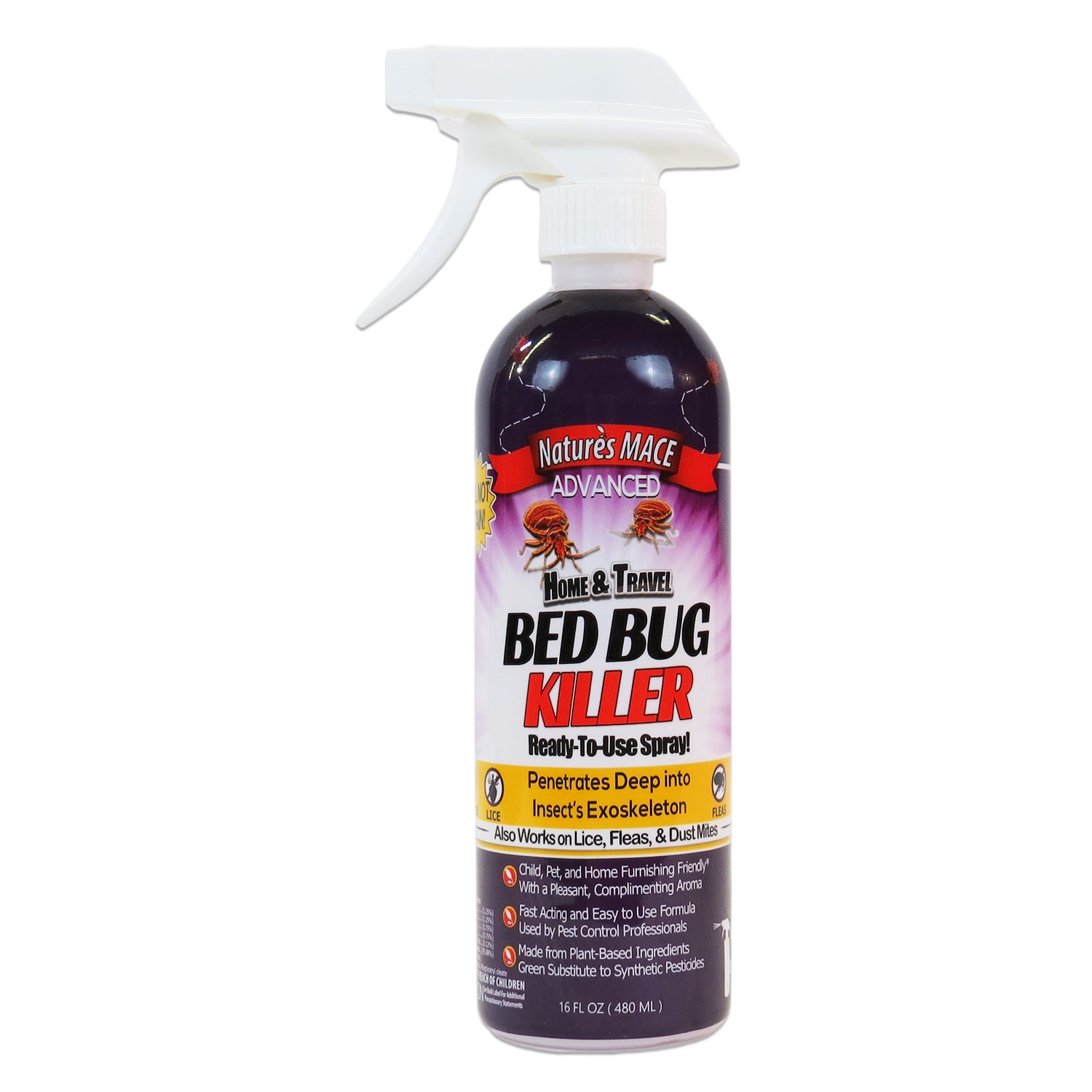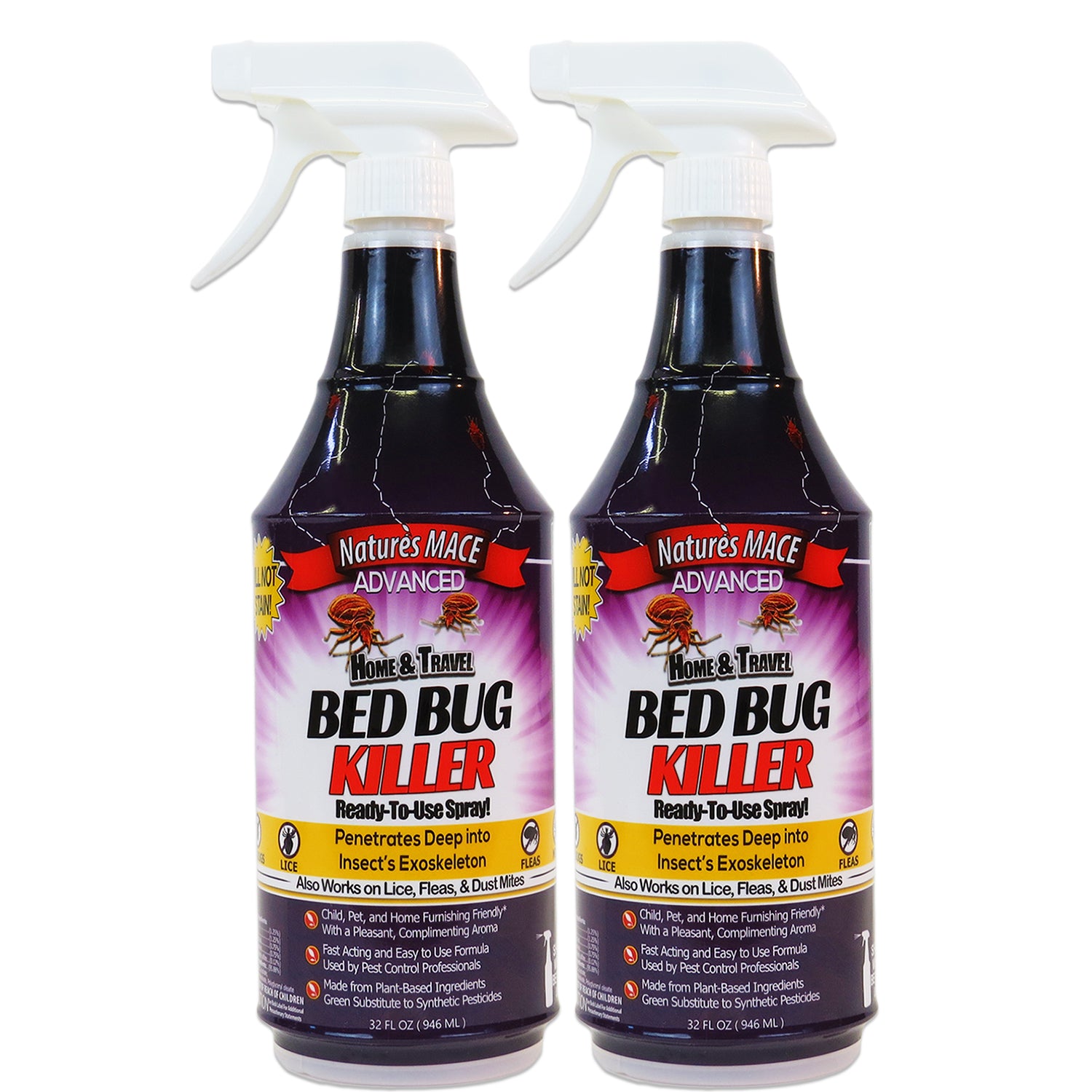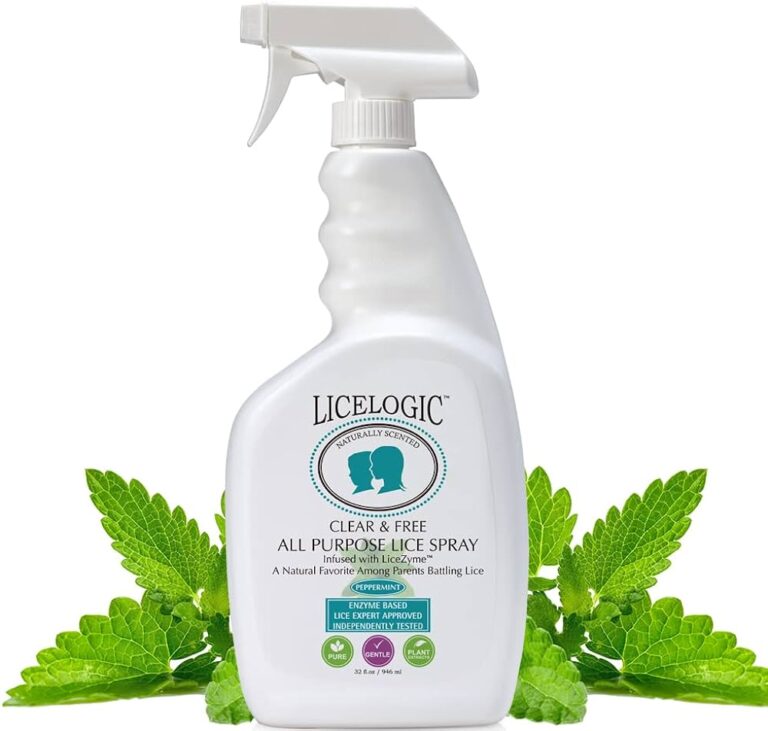To get rid of dog lice at home fast, use insecticides like Fipronil, imidacloprid, or selamectin that are effective treatments for lice in dogs. You can also use topical permethrin with good results.
Additionally, vacuum and mop your floors, wash clothing in high heat, and use an all-purpose lice spray to disinfect your home after a lice infestation. Comb out nits with vinegar to dissolve the adhesive that holds them to the hair, and use lavender oil on your dog regularly to prevent canine lice.
Shaving your dog’s hair short can also make them less hospitable to lice, and using commercially available shampoos with anti-insecticidal properties can help eliminate lice. Remember to immerse lice in hot water and dispose of them properly.

Credit: naturesmace.com
Understanding Dog Lice
To get rid of dog lice at home fast, use effective treatments such as Fipronil, imidacloprid, and selamectin. Additionally, vacuum and mop your floors, disinfect your home, and consider using natural remedies like vinegar and lavender oil.
What Are Dog Lice?
Dog lice are tiny parasitic insects that infest dogs and feed on their blood. They are specifically adapted to live on dogs and cannot survive on other animals or humans. Lice infestations in dogs are not as common as fleas or ticks, but they can still be a nuisance and cause discomfort for your furry friend. There are two types of lice that can affect dogs: sucking lice (Anoplura) and chewing lice (Mallophaga).
How Do Dogs Get Lice?
Dogs can get lice through direct contact with an infested animal. This can happen when dogs interact with other dogs, such as during playdates or visits to dog parks. Lice can also be spread through shared bedding, brushes, or other grooming tools. It’s important to note that lice cannot jump or fly, so transmission usually occurs through close contact.
Symptoms Of Dog Lice Infestation
If your dog has lice, there are several symptoms you may notice:
- Scratching or itching excessively
- Visible lice or lice eggs (nits) on your dog’s fur
- Redness, inflammation, or sores on the skin
- Dull, dry, or rough fur
- Hair loss in the affected areas
If you suspect your dog has lice, it’s important to take action quickly to prevent the infestation from spreading to other pets or humans in your household. Treating dog lice at home is possible with the right approach and products.

Credit: www.amazon.com
Treatment Options For Dog Lice
Dog lice can be an annoying problem, but fortunately, there are several treatment options available. Whether you prefer chemical insecticides, home remedies, or natural preventative measures, there is a solution that can help you get rid of dog lice quickly and effectively.
Chemical Insecticides
Many insecticides are effective treatments for lice in dogs. According to the Companion Animal Parasite Council (CAPC), Fipronil, imidacloprid, and selamectin are all effective options. Topical permethrin can also be used on dogs with good effect.
Home Remedies
If you prefer to use natural ingredients or want to avoid harsh chemicals, there are several home remedies that can help treat dog lice. One common method is to comb out nits with vinegar. The acid in vinegar helps dissolve the adhesive that holds the nits to the hair. Lavender oil can also be used to kill lice on your dog, but it may not be as effective against nits. Regular application of lavender oil can help keep canine lice at bay.
Natural Preventative Measures
Prevention is always better than cure. To prevent dog lice infestation, there are some natural preventative measures you can take. Regular grooming and bathing can help keep your dog’s coat clean and free from lice. Additionally, maintaining a clean living environment for your dog is crucial. Vacuuming the floor and carpets, mopping the floors with natural floor cleaners, and washing any potentially infested clothing are all important steps in preventing lice infestations in your home.
In conclusion, there are various treatment options available for dog lice. Whether you choose chemical insecticides, home remedies, or natural preventative measures, proactive and consistent treatment is key to effectively getting rid of lice and preventing future infestations in your furry friend.
Preventing And Controlling Dog Lice Infestations
To prevent and control dog lice infestations at home, try using effective treatments such as Fipronil, imidacloprid, and selamectin. You can also disinfect your house by vacuuming and mopping the floors, washing clothing on high heat, and using an all-purpose lice spray.
Additionally, using natural remedies like combing out nits with vinegar or lavender oil can help keep dog lice at bay.
Regular Grooming Practices
Regular grooming practices play a crucial role in preventing and controlling dog lice infestations. Brushing your dog’s coat regularly helps to remove any lice or eggs that may be present. Use a fine-toothed comb to carefully inspect your dog’s fur for any signs of lice or nits. Pay special attention to areas such as behind the ears, along the belly, and around the tail, as these are common areas for lice to hide. If you notice any lice or eggs, use a pair of tweezers or a lice comb to carefully remove them. Additionally, bathing your dog with a lice-killing shampoo can help eliminate any remaining lice and prevent further infestation.Cleaning And Disinfecting The Environment
Keeping your dog’s environment clean and disinfected is essential in preventing the spread of lice infestations. Vacuuming the floor, carpets, and furniture regularly helps to remove any stray lice or eggs that may have fallen off your dog. Mop all floors with warm water and a natural floor cleaner to further eliminate any potential lice hiding spots. It’s also important to wash your dog’s bedding, toys, and any other soft surfaces that your dog has come into contact with. Washing these items in hot water and drying them on high heat can help kill any lice or eggs that may be present.Maintaining A Healthy Diet For Your Dog
Maintaining a healthy diet for your dog can help boost their immune system and make them less susceptible to lice infestations. A nutritious diet that includes high-quality proteins, essential fatty acids, and vitamins can help keep your dog’s skin and coat healthy, making it less attractive to lice. Ensure that your dog is receiving a balanced diet that meets their nutritional needs. If you have any concerns about your dog’s diet, consult with your veterinarian for guidance on the best diet for your furry friend.In conclusion, preventing and controlling dog lice infestations requires a combination of regular grooming practices, thorough cleaning and disinfecting of the environment, and maintaining a healthy diet for your dog. By incorporating these measures into your routine, you can effectively keep lice infestations at bay and ensure the well-being of your canine companion.
Credit: naturesmace.com
Frequently Asked Questions On How To Get Rid Of Dog Lice At Home Fast
What Kills Lice Fast On Dogs?
Insecticides like Fipronil, imidacloprid, and selamectin are effective in killing lice on dogs. Topical permethrin can also be used with good results.
How Do You Disinfect A House From Dog Lice?
To disinfect a house from dog lice, vacuum the floors and carpets, mop with warm water and natural floor cleaner, and dry any clothing on high heat. Use an all-purpose lice spray to kill any stray lice and nits. Lice don’t live long off the dog, and they are species-specific, so they won’t infest humans or other animals.
There are also home remedies like vinegar and lavender oil that can help treat dog lice.
Can Dog Lice Live In Carpet?
Dog lice do not live long off the dog, and carpet is not their preferred environment. They are species-specific and do not like to infest humans or even cats. So, lice that fall off onto carpet or furniture will not survive for long.
Is There A Home Remedy For Dog Lice?
There are several home remedies for dog lice. Vinegar can help dissolve the nits, while lavender oil can keep canine lice away. Shaving your dog’s hair short and using anti-insecticidal shampoos can also be effective. Comb out the lice and nits, and dispose of them in hot water or a sealed bag.
Conclusion
To effectively get rid of dog lice at home fast, it is important to implement a combination of treatments. Utilize effective insecticides such as Fipronil, imidacloprid, and selamectin, which are recommended by the Companion Animal Parasite Council. Make sure to thoroughly clean and disinfect your home by vacuuming, mopping, and using lice sprays.
Additionally, regular use of lavender oil on your dog can help prevent lice infestations. Remember to consult with a veterinarian for proper guidance and treatment options. With these strategies in place, you can successfully eliminate dog lice and maintain a healthy environment for your furry friend.



